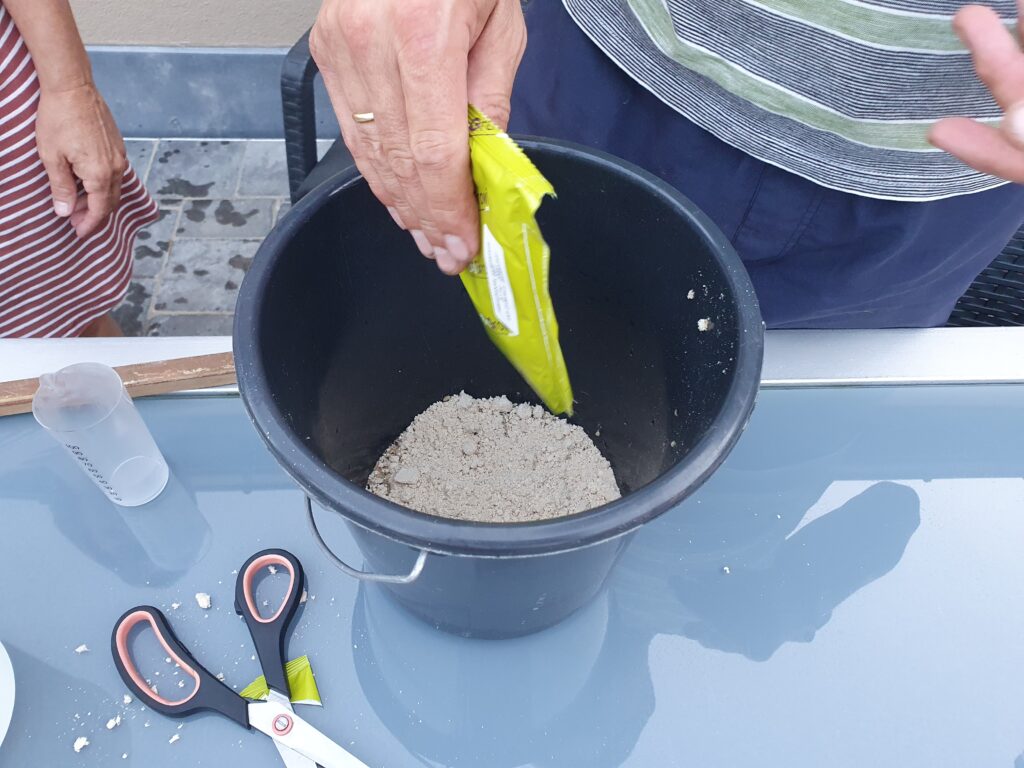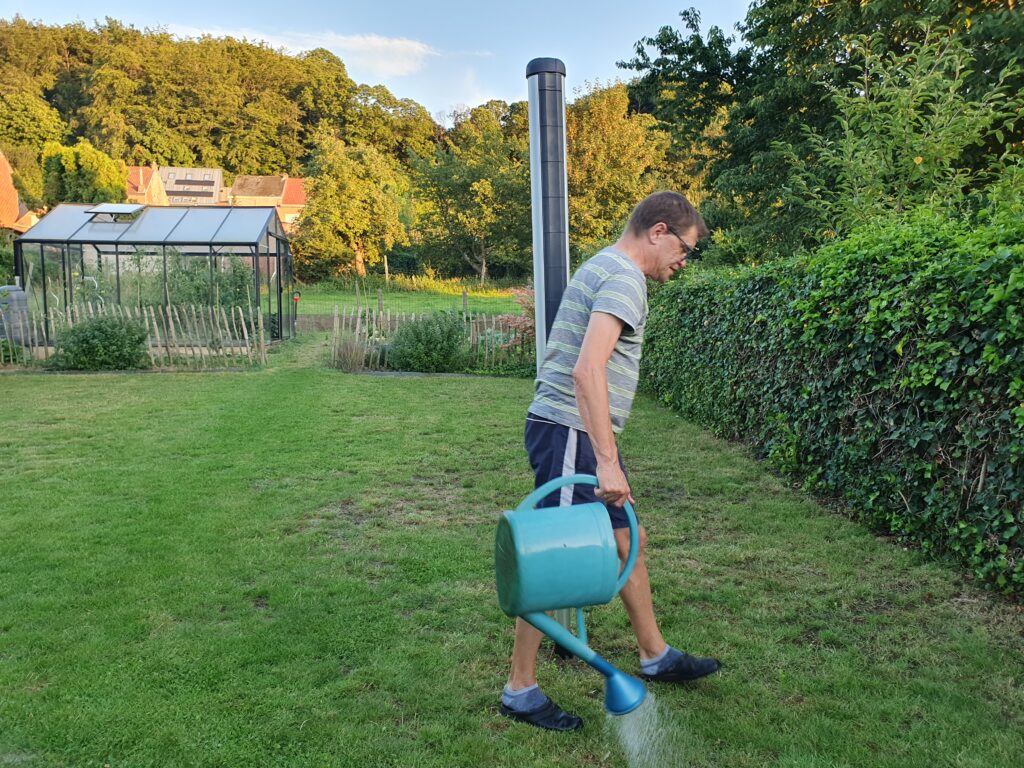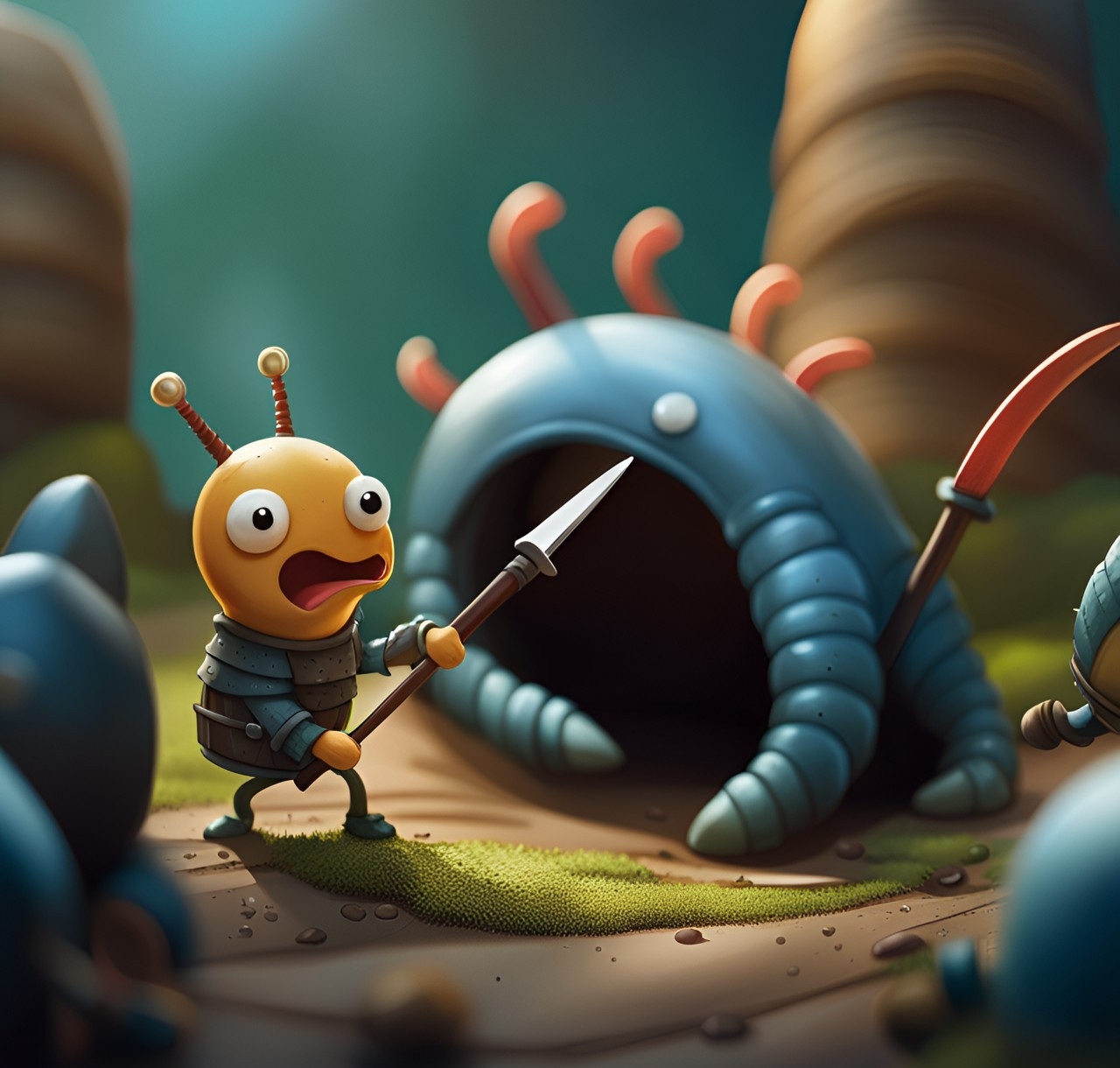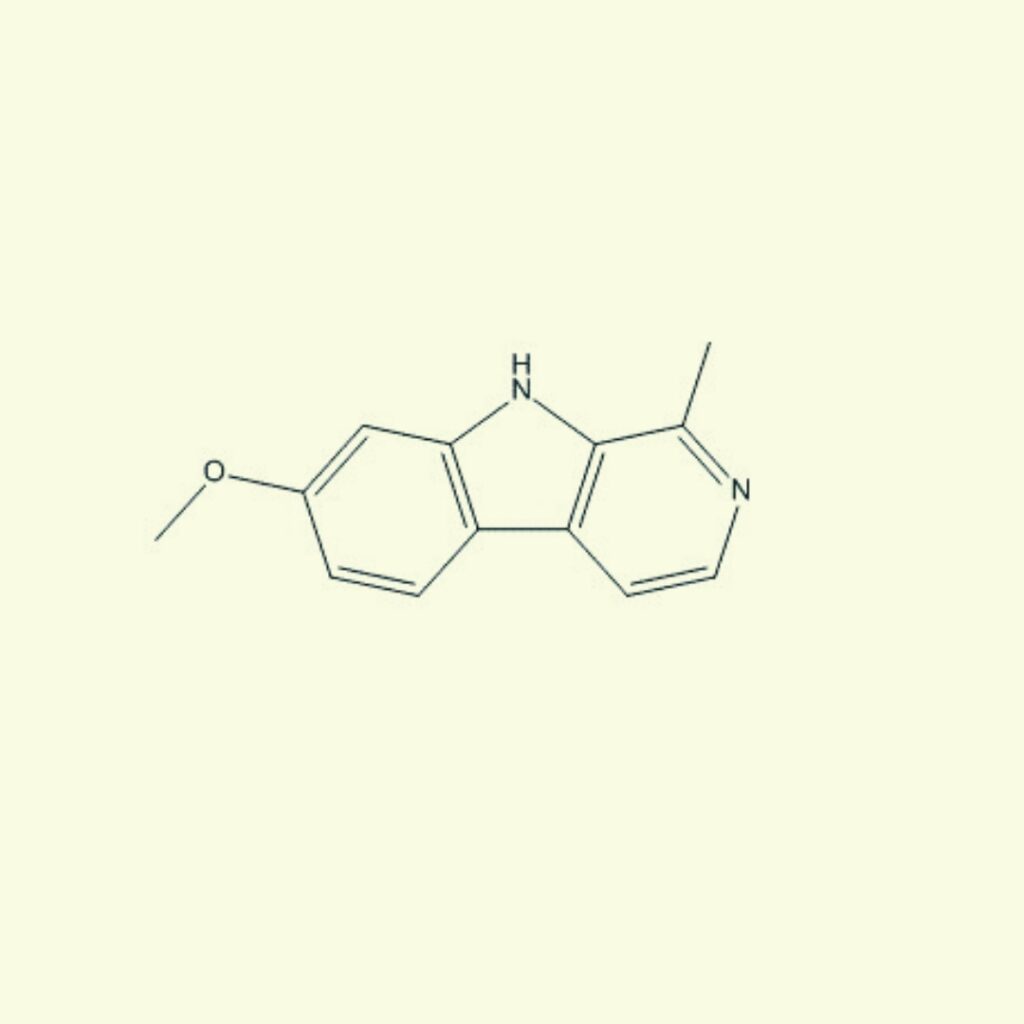Nature is a battlefield, where countless organisms engage in fierce battles for survival. Underneath the lush green grass lies a hidden enemy, grubs, destroyer of grass. These tiny, often overlooked creatures, play a significant role in the degrading of grass. Early signs of this degradation are dead patches and the yellowing of the grass. In this article, we focus on the battle between grubs and nematodes, the good-hearted, killers of grass-eating grubs that you can buy and spray over your lawn to let the battle begin.
Grubs are the larval stage of various insects, including beetles and moths. Nematodes, on the other hand, are microscopic worms that inhabit soil and water. Both grubs and nematodes are essential components of ecosystems, but their relationship is far from harmonious.

The Battle Begins: Feeding Habits and Tactics
Grubs are voracious feeders, consuming plant roots and decaying matter. However, they are not immune to attacks. Nematodes, armed with their needle-like mouthparts, actively seek out grubs as a food source. Some nematodes are parasitic, using the grubs as hosts, while others are predatory, directly attacking and consuming them.
Chemical Warfare: Grubs vs. Nematodes
Grubs and nematodes employ chemical warfare tactics. Grubs release chemical signals to mark their territory, communicate with others, and defend against predators. Nematodes, in response, produce toxic compounds that can paralyze or kill grubs. This chemical arms race is a fascinating aspect of the battle on the grass, where each side strives to gain the upper hand.

Impact on Ecosystems
The conflict between grubs and nematodes has far-reaching consequences for ecosystems. Grubs can cause significant damage to plant roots, leading to reduced crop yields and weakened vegetation. Nematodes, as natural predators of grubs, can help control their populations and maintain a balance. However, excessive nematode activity can also disrupt the delicate ecosystem equilibrium. Understanding these dynamics is crucial for managing pest populations and preserving the health of our grasslands and agricultural systems.
Human Interventions and the Battle
Humans have a stake in the Battle between Grubs and Nematodes. In agriculture, excessive grub populations can lead to economic losses and the need for pest control measures. However, indiscriminate use of chemical pesticides can harm beneficial nematodes and disrupt the delicate ecological balance. Integrated Pest Management (IPM) strategies that consider the interactions between grubs, nematodes, and other organisms can help strike a balance between pest control and ecological sustainability. You can buy packages containing nematodes. All you have to do is to concentrate them in water and spray them over your entire lawn using a watering can. In a couple of days, the nematodes will have fought a victorious battle, and your lawn can become healthy again.

Conclusion
While grubs feed on plant roots and decaying matter, nematodes are activated by humans to act as their natural predators, seeking to control their populations. Our role is to introduce nematodes to our green grass, in order to downsize the population of grubs. This battle has a profound impact on ecosystems, influencing plant health, crop yields, and overall ecological balance. As humans, it is essential to recognize and understand the intricate interactions within this battle to develop sustainable pest management strategies. By doing so, we can minimize the negative effects on both the environment and our agricultural systems, ensuring a healthy and good-looking lawn.





